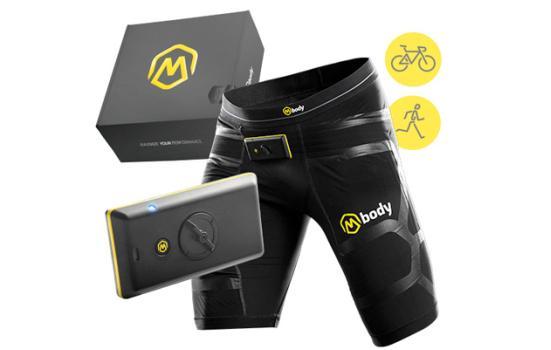America Develops New Robot Cloth To Help Robot Skin Have Touch.
A cloth robot with embedded sensors and capable of moving and telescoping will soon show its strength.
They will help future robots get "tactile" skin, become a robot coat to enhance human strength and endurance, lighten the impact of pilots and astronauts on the voyage, and may become a useful assistant for human exploration of space.
Recent reports.
Research
In the cotton fabric that forms the robot, the robot combines a sensor made of flexible polymer and a linear driver made of memory metal.
Memory metal will curl and contract when heating up, so that the cloth will "move".
"At present, most" robot cloth "can only sense the signals emitted by electronic components through wires.
But we have successfully integrated driving and sensing.
Rebecca Kramer, Professor of mechanical engineering at Purdue University, said: "we use sewing technology to sew linear drivers and sensors into cloth, so this technology has the potential to integrate into modern textile industry and scale production."
When the cloth robot is wrapped on the surface of the material such as foam plastics or balloons, it can drive the material to bend to and fro in the desired direction, push the material to move forward like an inchworm, and compress different parts to make creep and sliding.
this
Research
The goal is to develop a series of "soft robots" that embed the required functions into retractable skin.
In the future, "skin" will embed more flexible and more powerful electronic components to adapt to space activities, which will effectively reduce the carrying weight of astronauts and spaceships. The technology can also be used in portable robots to cover the surface of variable equipment with special "skin" functional fabrics, and can quickly assemble into specific equipment suitable for interplanetary exploration.
"We can even design a machine suit for flies."
Cramer said optimistically, "with the aid of the" outer skin machine ", any object can have the potential to become a robot.
The research team led by Cramer has submitted relevant papers to the International Conference on Intelligent Robot Systems held in Chicago, us.
During the meeting, they also demonstrated a variable hardness fabric that can be used for medical support and mechanical manufacturing.
The shape memory polymerization fiber makes the fabric have the ability of changing hardness. The polymer will produce phase pformation after heating, make the material softer, and can be used for medical fixation in specific parts.
The polymer surface is also covered with shape memory alloy, which can warm up the polymer material after electrified.
This technology is expected to make robot technology more efficient and energy saving in the future.
Cramer
Express
"Usually, the hinge joints of a machine can be moved or maintained at a specific location, which requires continuous consumption of large amounts of energy to prevent joint relaxation.
Now, the new fabric can lock the joints at low energy consumption.
- Related reading
Wujin Five Ocean Textile Machine Showcase The First Batch Of National Intelligent Manufacturing Projects
|- Industry Overview | India Will Launch An E-Commerce Platform Bharat Craft, Specializing In Handicrafts, Textiles And Other Products.
- Industry Overview | Vietnam'S Textile And Clothing Production And Export Are Facing Difficulties.
- Industry Overview | The First Provincial-Level Functional Textile Inspection Agency In Northwest China Unveiled
- Industry Overview | The Fifteenth Asian Textile Conference And The Ninth China Textile Annual Conference Are About To Open.
- Industry Overview | The World Cloth Merchants Conference Will Be Held At The End Of September To Boost The High Quality Development Of Keqiao Textile Industry.
- Industry Overview | Textile Industry Focuses On Promoting Integration Of Two Technologies
- Industry Overview | China Textile Material Copyright Protection Forum Will Be Held From September 27Th To 28.
- Industry Overview | The World'S Beautiful Fashion And Business Trip Boosts Jimo'S Clothing World.
- Pregnant baby | Baby Tree Denies Layoff Rumors Share Prices Have Dropped 4%
- Daily headlines | The Opening Of The World Cloth Merchants Conference Is Awaited.
- Anti Season Down Jacket Sales Are Cold, Public Consumption Is More Sensible.
- Fabric Sofa Quality Cotton Fabric Feel Good, Flower Type Variety.
- Huaying Agriculture: Announcement On The Cancellation Of Hualong Down Company
- Leather Trade Forum For Russia Will Start A New Outbreak In Leather Industry
- Ji'Nan Will Add Another Leather City In October 28Th.
- 2014 Leather Advanced Manufacturing Forum Held
- The Second China Changchun International Fur Festival Opens In Northeast Asia
- 2014 09, 04 Issue Of China Haining Leather Week Price Index
- The First Cashmere Fur Clothing Exhibition Will Be Held Tomorrow.
- Brilliant Silk Road Passes China Dream

